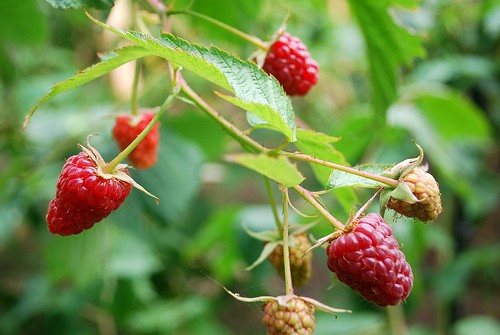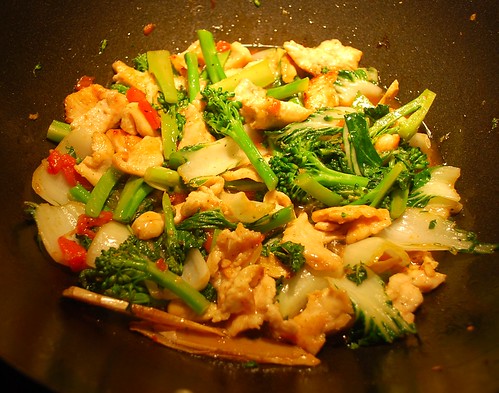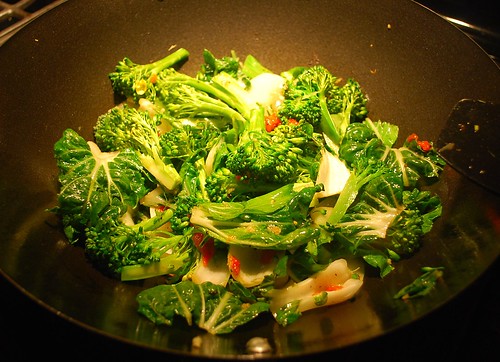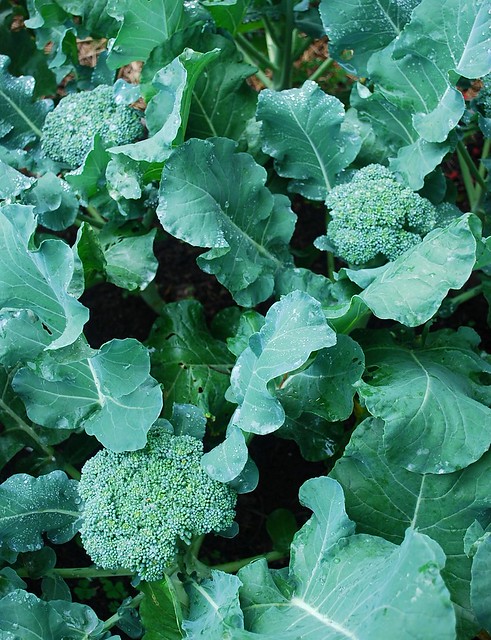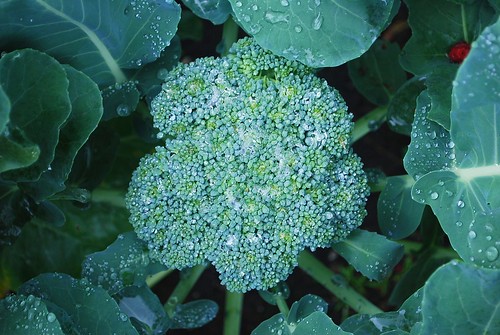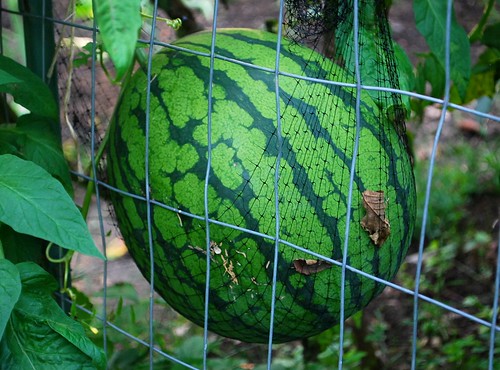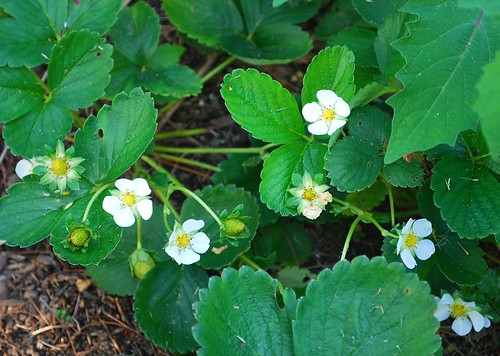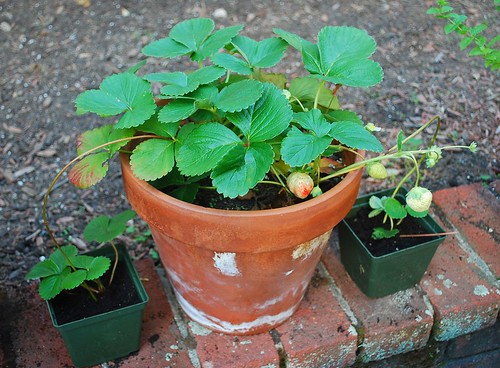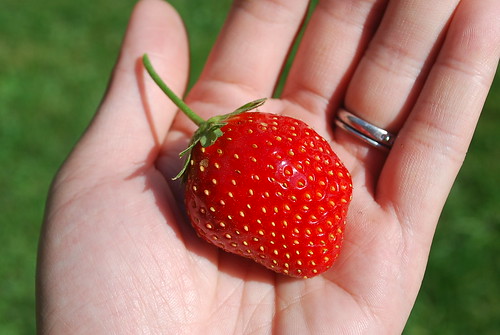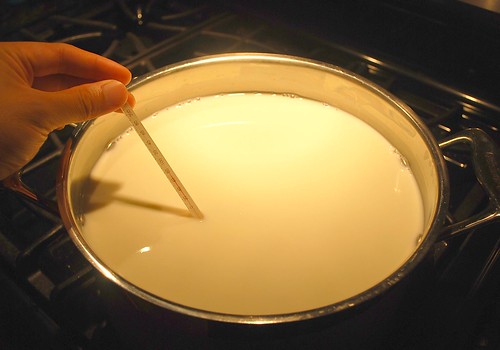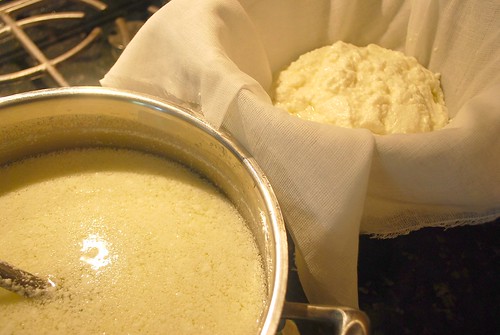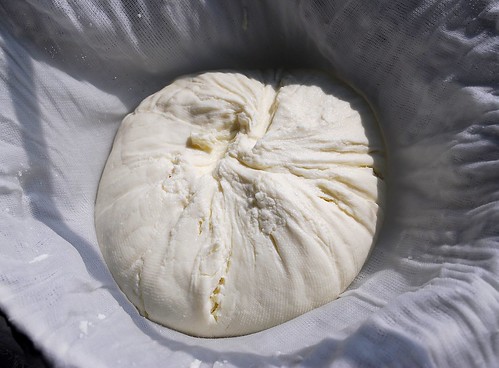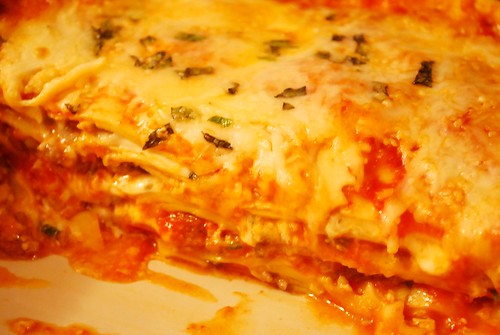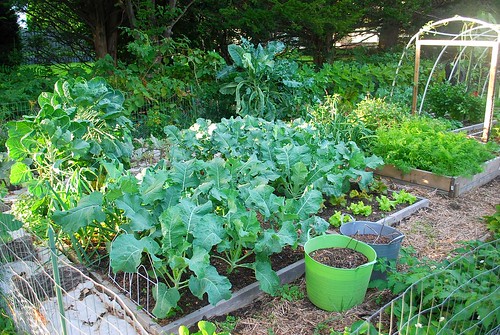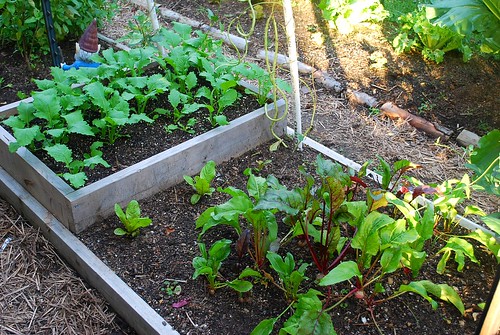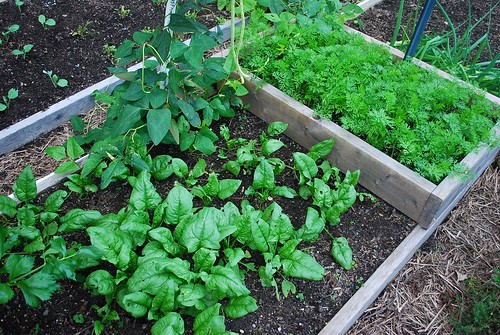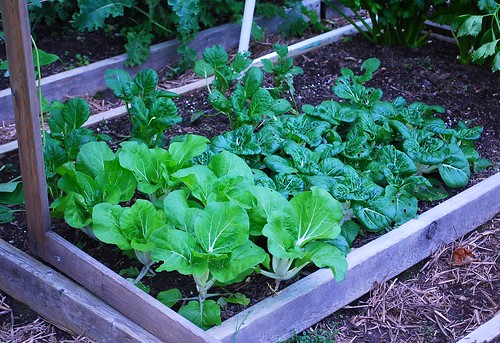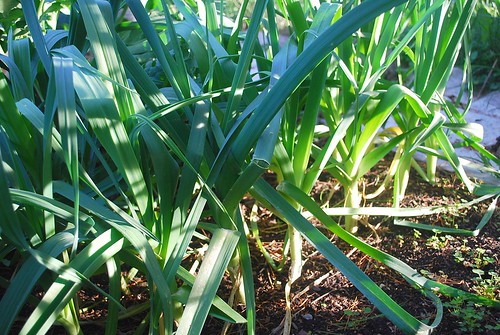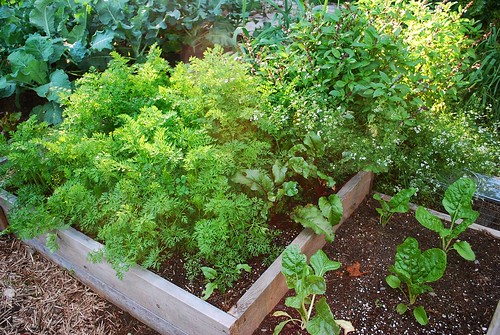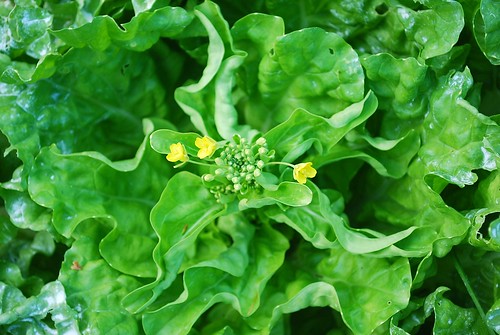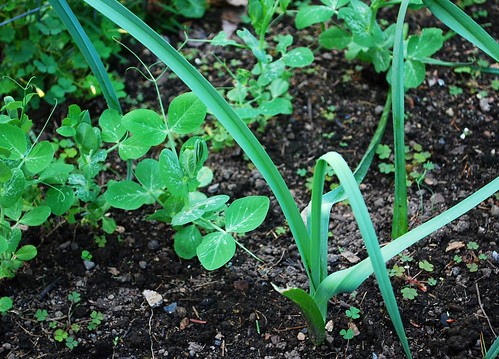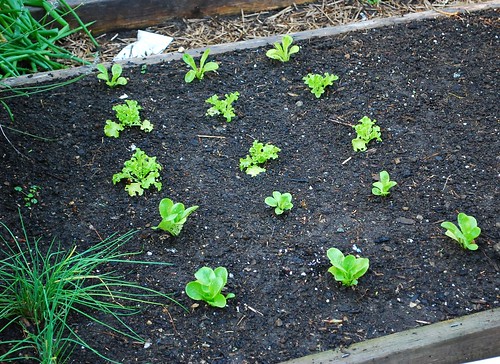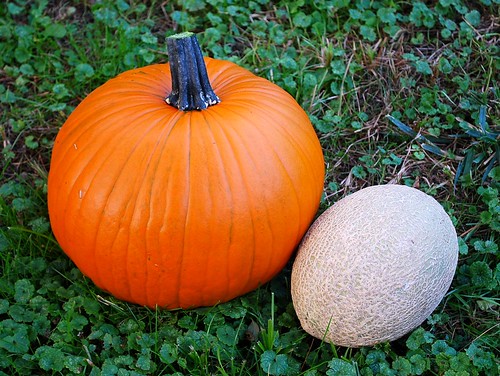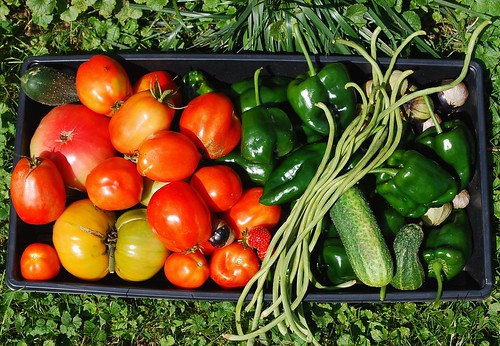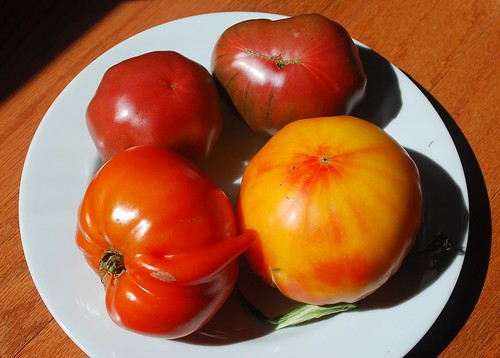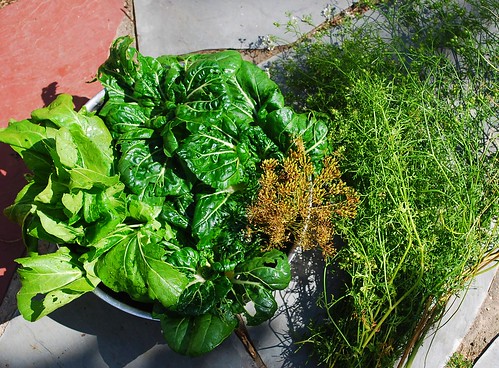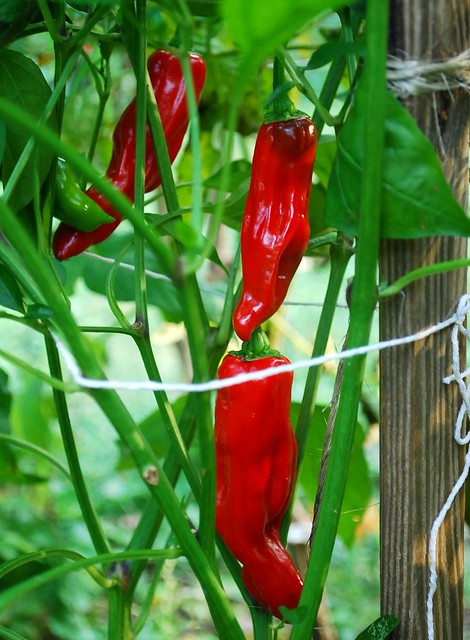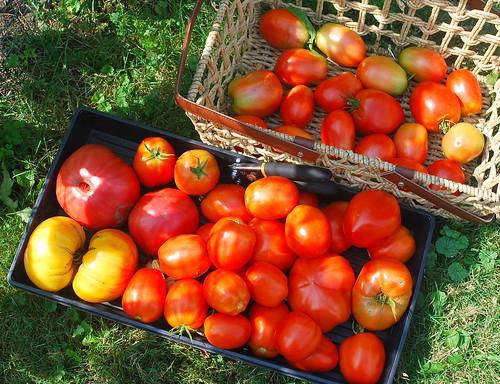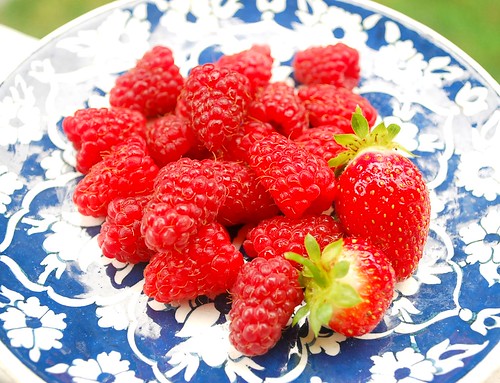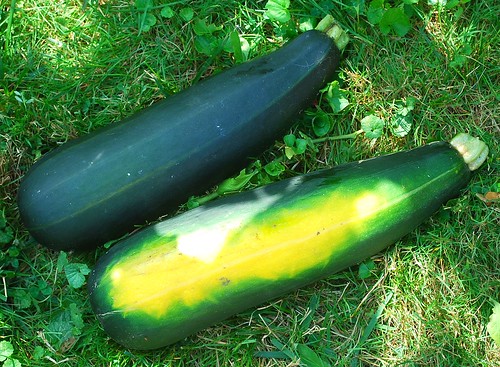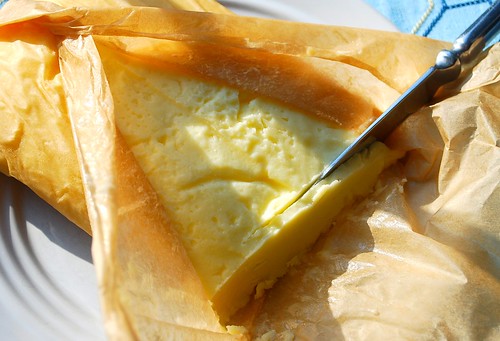
A few months ago, I saw a rather
disturbing video evidencing the cruel treatment of dairy cows at an industrial farm located west of us in New York. It was upsetting to think that in all probability we've consumed foods derived from the milk produced at this farm. For a long time, I couldn't get the awful images out of my head and was hesitant to blog about it until now. I'd seen videos like this before but was never personally driven to the point where I felt like we needed to make some difficult changes to our buying/eating habits. It's human nature to want to ignore the reality of things when something as important as "convenience" is on the line. I get a headache just thinking about all of the packaged foods we'd have to give up if we were to swear off industrial dairy completely.

I don't think we'll ever be able to cut it completely from our lives, but at this point, I'm determined to make some slow/real/significant changes to our industrial dairy consumption. We now try to buy all of our milk and half and half from
Shaw Farm, a local dairy that offers weekly tours of its facilities to the public. Their milk is excellent and only slightly more expensive than the generic supermarket brand. As an added bonus, most of their products are still sold in heavy returnable glass quarts so we're also lessening our plastic consumption. If for some reason we're unable to buy their milk on a given day, then our back up plan is to buy organic at the supermarket. For me, local usually trumps organic, but
the brand we buy is 'Horizon' in case anyone has any information on this company that we should consider.
Deciding to buy local milk was the easy part. The hard part is trying to replace all of the other dairy products we consume on a regular basis like butter, cheese and yoghurt. This means either making our own from the local milk and cream we buy or paying huge premium for an organic or artisan brand. Personally, I'm more interested in the former.
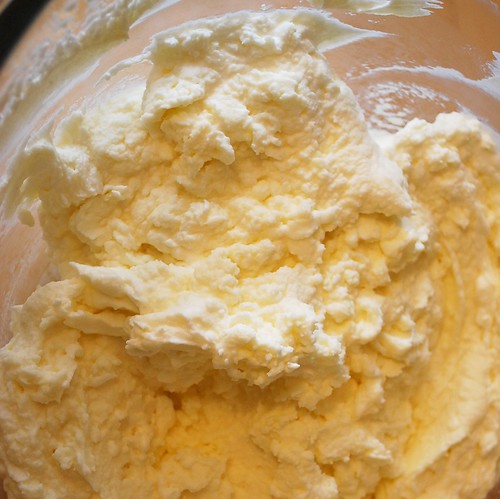
My first goal was to start making our own butter and from the taste alone, I'm determined to stick to this plan. If you've never made butter before, you'd be surprised by how easy it is. Essentially you whisk the cream beyond the point of being whipped until the butterfat begins to separate from the buttermilk.
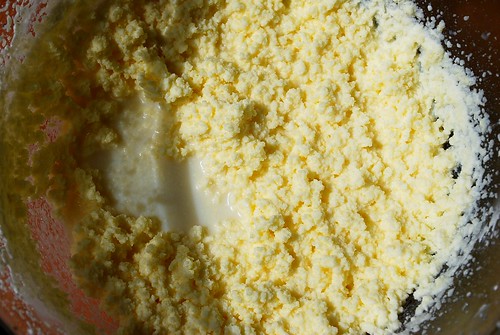
If I was a proper milkmaid, I'd invest in traditional butter churner. But alas, I've opted for a more practical approach and use an electric hand mixer with a balloon whisk attachment. A few minutes into the process, just when you think the cream will never turn, the soft peaks slowly subside and you start to see small butterfat granules form.

Eventually, the butterfat accumulates to form a large mass and complete separation from the buttermilk is achieved.
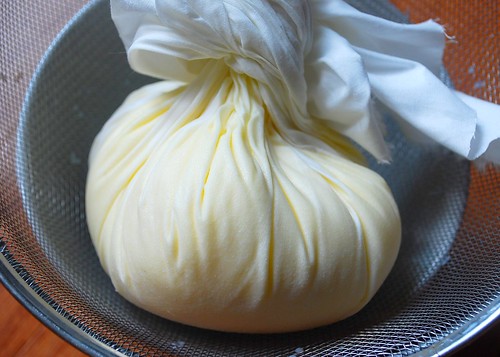
The next step is to pour off most of the buttermilk, transfer the mass to a muslin or cheese cloth lined strainer and squeeze the remaining liquid from the butter. At this point, some instructions will tell you to gently pour cold water over the butter until it runs clear, followed by another squeeze. I've skipped this step when making sweet cream butter and in my experience it doesn't seem to have a noticeable affect on the taste or shelf life of the butter.

From one quart of heavy cream, you get about a pound of butter and a pint of buttermilk.
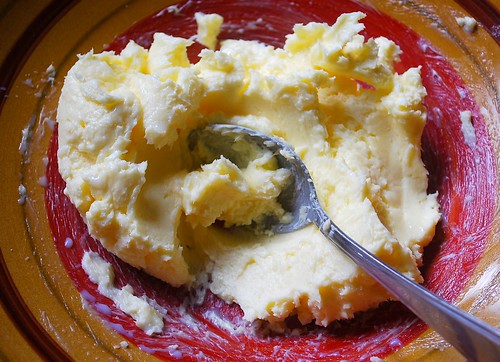
Place the butter into the fridge for about 15 - 30 minutes to allow it to stiffen up a bit. Afterwards, transfer it to a large shallow bowl and sprinkle 1 to 1 1/4 teaspoon of kosher salt on top (if making salted butter). Smear the butter to incorporate the salt and pour off any additional liquid that is released.
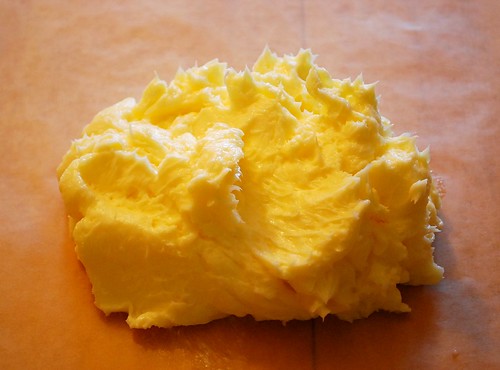
Spoon the soft butter onto a piece of parchment paper and fold the sides to form a thick square block. I usually let the flavors in the butter develop overnight in the fridge before using it.
So far, I've only made sweet cream butter but am excited to try my hand at tangy cultured butter. The only difference is that you let the cream sit and sour a bit at room temperature for six hours before you whisk/churn it.
Hopefully, this is another small step in the direction of eating more humanely. If you have any additional butter making advice you'd like to share, please do! Also, what do you think? Can something as simple as buying local milk and making your own butter really make a difference?
